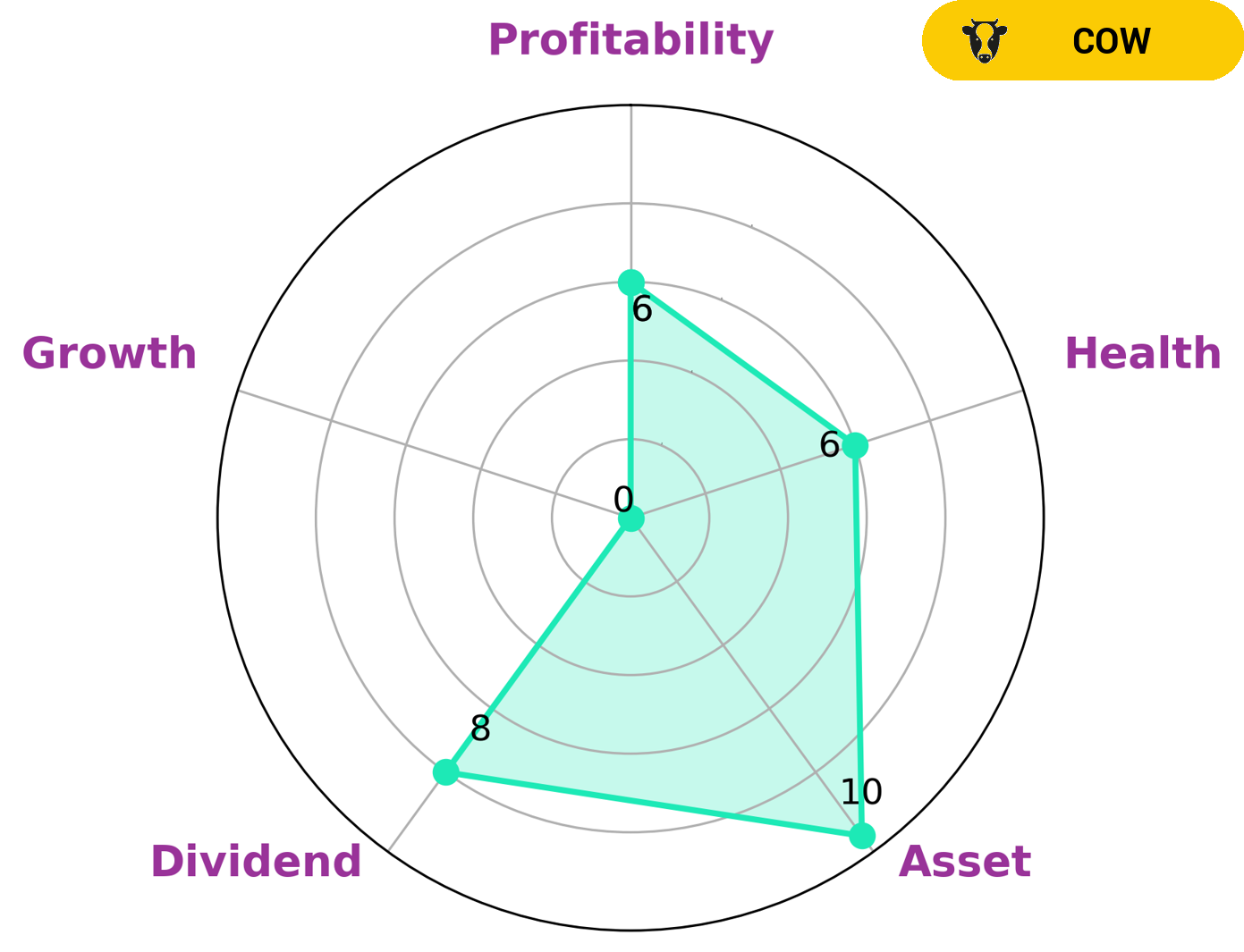KOHL’S CORPORATION Reports Positive Financial Results for FY2024 Q3
December 1, 2023

☀️Earnings Overview
KOHL’S CORPORATION ($NYSE:KSS) reported its financial results for the third quarter of Fiscal Year 2024 on October 31, 2023. Total revenue came in at USD 4054.0 million, a decrease of 5.2% from the same quarter in the previous year. Net income was also down 39.2%, amounting to USD 59.0 million compared to the corresponding quarter in the prior year.
Share Price
On Tuesday, KOHL’S CORPORATION reported positive financial results for their fiscal year 2024 Q3. The stock opened at $23.4 and closed at $22.7, representing a drop of 8.6% from the prior closing price of 24.9. Despite the substantial drop in stock prices, analysts are pleased with the overall performance of the company, which has seen strong sales growth and improved profitability. This demonstrates that the company is not only driving higher revenues, but is doing so in a more efficient and cost-effective manner. Analysts also noted that the company continues to invest in technology and e-commerce initiatives, which have allowed them to capture market share from traditional brick-and-mortar rivals.
As a result, they anticipate the company’s performance to remain positive going forward. Overall, KOHL’S CORPORATION reported positive financial results for their fiscal year 2024 Q3, which is a testament to their strong management team and ability to adapt to the changing retail environment. Despite the drop in stock prices, analysts remain optimistic about the company’s future prospects. Live Quote…
About the Company
Income Snapshot
Below shows the total revenue, net income and net margin for Kohl’s Corporation. More…
| Total Revenues | Net Income | Net Margin |
| 17.54k | -142 | -0.8% |
Cash Flow Snapshot
Below shows the cash from operations, investing and financing for Kohl’s Corporation. More…
| Operations | Investing | Financing |
| 1.09k | -572 | -518 |
Balance Sheet Snapshot
Below shows the total assets, liabilities and book value per share for Kohl’s Corporation. More…
| Total Assets | Total Liabilities | Book Value Per Share |
| 15.47k | 11.72k | 33.74 |
Key Ratios Snapshot
Some of the financial key ratios for Kohl’s Corporation are shown below. More…
| 3Y Rev Growth | 3Y Operating Profit Growth | Operating Margin |
| 1.8% | -41.2% | 0.7% |
| FCF Margin | ROE | ROA |
| 2.8% | 1.9% | 0.5% |
Analysis
GoodWhale’s analysis of KOHL’S CORPORATION‘s wellbeing reveals that the company is classified as a ‘cow’, a type of company we conclude that has the track record of paying out consistent and sustainable dividends. This makes KOHL’S CORPORATION of interest to a variety of investors, such as those seeking stability and regular returns. Our Star Chart shows that KOHL’S CORPORATION is strong in asset and dividend, and medium in profitability and weak in growth. In terms of health scores, KOHL’S CORPORATION achieved an intermediate score of 6/10 with regard to its cashflows and debt, indicating that it could potentially be able to pay off debt and fund future operations. More…

Peers
The company operates stores under the Kohl’s, Kohl’s Cares, and Kohl’s Cash names. As of February 3, 2018, Kohl’s operated 1,158 department stores in 49 states. The company also operated a website, Kohls.com, and a mobile app.
– Macy’s Inc ($NYSE:M)
Macy’s, Inc. is an American holding company founded by Xavier Warren in 1830. The company operates about 850 department stores in 45 states, the District of Columbia, Puerto Rico, and Guam, as well as macys.com, bloomingdales.com, and bluemercury.com. Macy’s, Inc. is headquartered in Cincinnati, Ohio.
Macy’s market cap is 5.27B as of 2022 and has a ROE of 40.81%. The company operates about 850 department stores in 45 states, the District of Columbia, Puerto Rico, and Guam, as well as macys.com, bloomingdales.com, and bluemercury.com. Macy’s, Inc. is headquartered in Cincinnati, Ohio.
– Nordstrom Inc ($NYSE:JWN)
Nordstrom Inc is a leading retailer with a market cap of 3.2B as of 2022. The company has a strong return on equity of 70.09%. Nordstrom is known for its wide range of products and services, including clothing, shoes, cosmetics, and home furnishings. The company operates more than 350 stores in the United States and Canada. Nordstrom also operates an online store and provides customer service through its website and call center.
– World Co Ltd ($TSE:3612)
Alibaba Group Holding Limited is a Chinese multinational conglomerate holding company specializing in e-commerce, retail, Internet, and technology. Founded in 1999 by Jack Ma, Alibaba Group’s mission is to make it easy to do business anywhere. The company operates in four primary business segments: core commerce, cloud computing, digital media and entertainment, and innovation initiatives. Alibaba Group’s businesses encompass online and mobile marketplaces in retail and wholesale, payment processing, e-commerce infrastructure, and data-centric cloud computing. The company also owns and operates a number of other businesses, including Taobao Marketplace, Tmall, AliExpress, Alibaba Cloud Computing, Ant Financial, and Lazada. Alibaba Group has a market cap of $47.06 billion as of 2022 and a return on equity of 4.14%.
Summary
Kohl’s Corporation reported its financial results for FY2024 Q3 with total revenue of USD 4054.0 million and net income of USD 59.0 million. Both figures showed a decrease from the same quarter the previous year, leading to a drop in stock price on October 31, 2023. Investors may be concerned by the decline in revenue and profit, but should additionally consider overall trends in the sector, the company’s competitive position, and its ability to generate income in the future when deciding whether to invest.
Recent Posts














